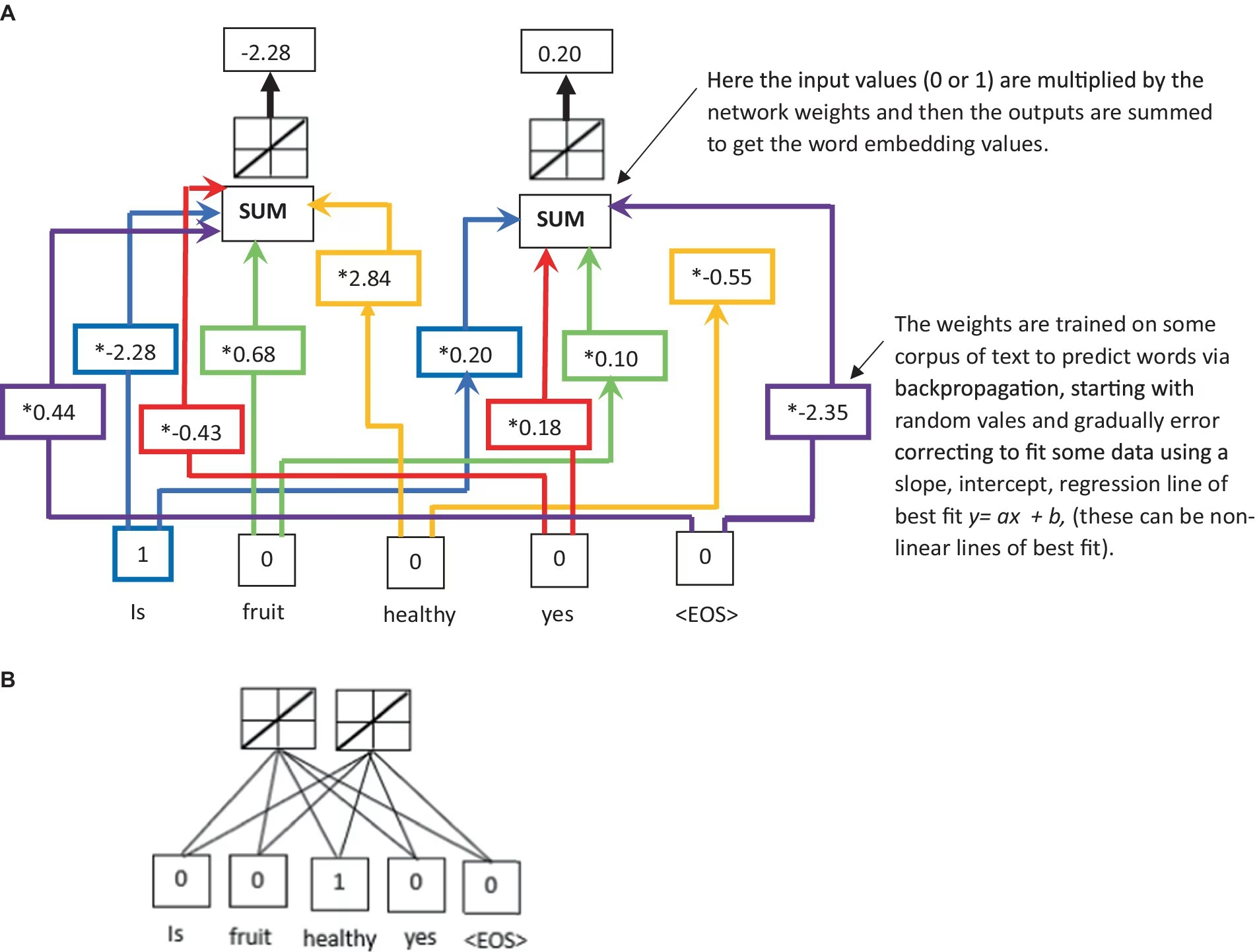
Successful monitoring of deep vein thrombosis (DVT) remains a challenging problem after gynecological laparoscopy. Thus, this study aimed to create and validate predictive models for DVT with the help of machine learning (ML) algorithms. A total of 489 patients from the Cancer Biology Research Center, Tongji Hospital were included in the study between January 2017 and February 2023, and 35 clinical indicators from electronic health records (EHRs) were collected within 24h of patient admission. Risk factors were identified using the least absolute shrinkage and selection operator (LASSO) regression. Then, the three commonly used DVT prediction models are random forest model (RFM), generalized linear regression model (GLRM), and artificial neural network model (ANNM). In addition, the predictive performance of various prediction models (i.e. the robustness and accuracy of predictions) is evaluated through the receiver operating characteristic curve (ROC) and decision curve analysis (DCA), respectively. We found postoperative DVT in 41 (8.38%) patients. Based on the ML algorithm, a total of 13 types of clinical data were preliminarily screened as candidate variables for DVT prediction models. Among these, age, body mass index (BMI), operation time, intraoperative pneumoperitoneum pressure (IPP), diabetes, complication and D-Dimer independent risk factors for postoperative DVT and can be used as variables in ML prediction models. The RFM algorithm can achieve the optimal DVT prediction performance, with AUC values of 0.851 (95% CI: 0.793-0.909) and 0.862 (95% CI: 0.804-0.920) in the training and validation sets, respectively. The AUC values of the other two prediction models (ANNM and GLRM) range from 0.697 (95% CI: 0.639-0.755) and 0.813 (95% CI: 0.651-0.767). In summary, we explored the potential risk of DVT after gynecological laparoscopy, which helps clinicians identify high-risk patients before gynecological laparoscopy and make nursing interventions. However, external validation will be needed in the future.




